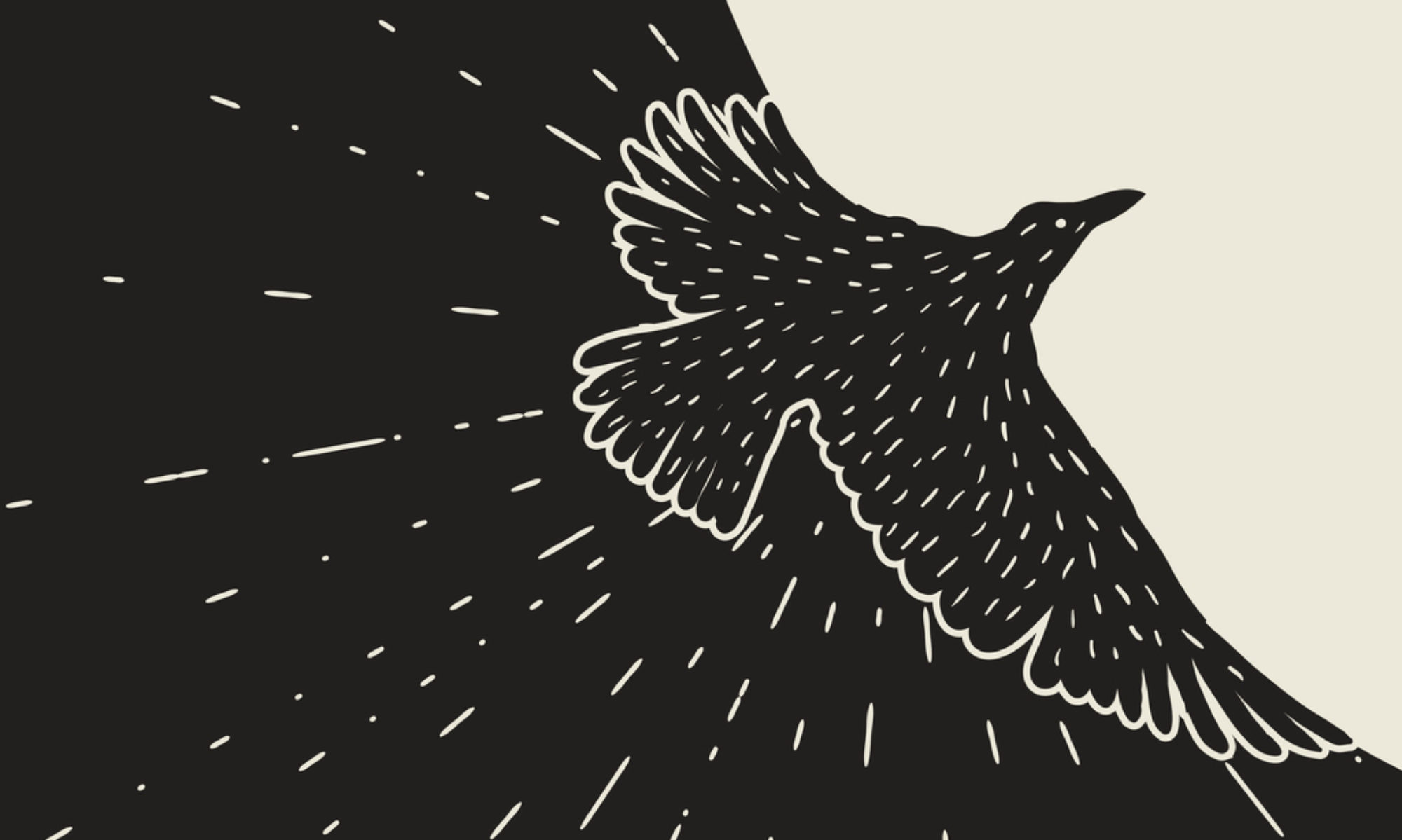
Because the protagonist my forthcoming book is a Cunning Woman – a witch – I have had a good excuse to delve into all sorts of arcane and metaphysical reading.
When I came across a review of Literary Witches – a Celebration of Magical Women Writers by Taisia Kitaiskaia on the Wild Hunt blog, I was so impressed by the beautiful illustrations by Katy Horan and the fantastically creative concept, that I made a near instant trip to amazon to purchase it.
My writing journey has made me think a lot about the role of the witch in literature and culture. The folkloric archetypes of wise women and enchantresses are often loaded and complex, but there are also some wonderful depictions of witches in literature – nuanced, wise and witty characters who fit better with my own concept of a witch.
Some of my favourite contemporary fictional descriptions of witches come from Terry Pratchett. If you follow me on twitter, you might have noticed my love of Pratchett’s work. In the Wee Free Men, Granny Weatherwax tries to explain to Tiffany Aching, a young apprentice witch, what she does. “We look to … the edges” Granny replies. “There’s a lot of edges, more than people know. Between life and death, this world and the next, night and day, right and wrong … an’ they need watchin’. We watch ’em, we guard the sum of things. And we never ask for any reward. That’s important.”
To me, writing also travels through these liminal spaces – writers have dipped their pens into the dark inky blackness of uncertainty to travel into the grey areas, to shine a light into unseen places and to create worlds beyond our own that touch deep places in our consciousness and dreams. Words have power and female writers have harnessed this power to spin magical webs of meaning for centuries.
Literary Witches draws out their definition of witch as denoting “an outsider,” and “a change agent,” “her work is sparked by speech: an incantation, a naming, a blessing, a curse.” The words of the women chosen for inclusion in Literary Witches have sometimes been familiar to me, but there are other women who I have not come across before. The playful, surreal descriptions of the writers I have not read are a welcome introduction and often a means of conjuring to life a woman who is not remembered to the extent that she deserves.
The women honoured in Literary Witches belong to a broad sweep of time frames, countries and genres. Virginia Woolf and Mary Shelley rub shoulders with Sappho, Octavia Butler, Toni Morrison and Gertrude Stein.
Each literary witch is given a double page spread – with a detailed portrait, rich with detail and symbolism, a witch nom de guerre (my favourite of these is Charlotte Perkins Gilman – “Soothsayer of Utopias, creeping women and evil wallpaper.”), a poetic, mystical summation of their life and work and a recommended reading section.

There are of course women who I would love to see in here – Dion Fortune, Ursula K. Le Guin, Isabel Allende, and Maya Angelou among others, but that just gives me hope for a second volume at some point in the future after all, how could just one volume collect and represent all of the literary witches we love?
Follow me on social media:
